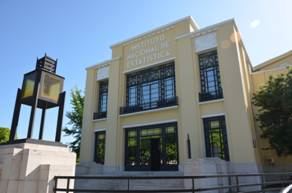
The structure of agricultural holdings changed significantly from 2013 to 2016: the average size of agricultural holdings increased by 0.3 hectares of the Utilised Agricultural Area (UAA) to 14.1 hectares (+2.1%), the economic size per holding grew by €2.8 thousand of total standard output (total SO) to €19.9 thousand (+16.5%), the number of agricultural enterprises increased by 1.4 thousand to 11.4 thousand (+14.3%), and labour productivity and efficiency indicators improved.
In 2016, 70.2% of holdings were specialised, i.e. a single activity provided more than two-thirds of the total SO, in particular specialisation in grazing livestock (34.3% of the national total SO) and permanent crops (21.1% of the national total SO).
Large-scale and entrepreneurial agriculture, mostly composed of agricultural enterprises, although accounting for only 4.4% of holdings in 2016, managed almost one-third of the UAA and produced 44.6% of livestock. In this context, holdings that irrigated most of their UAA, although accounting for less than one-fourth of total holdings and 10.9% of the UAA in 2016, generated 36.2% of the national total SO. This co-existed with small-scale agriculture, composed of a large number of elderly and low-skilled farmers (72.8% of farms had less than €8 thousand of total SO in 2016).
On the negative side was the ageing of agricultural holders, the oldest in the EU28, whose average age increased from 63 in 2009 to 65 in 2016. In 2016 farm managers aged over 65 managed more than half of the holdings, with an economic size of €9.5 thousand, i.e. less than half of the national average.
Despite the positive trend of national agriculture, average productivity of the agricultural labour force was €16.2 thousand of total SO per annual work unit (AWU) in 2016, i.e. less than half of the EU28 value in 2013. Similarly, the efficiency of the agricultural labour force, expressed in UAA per AWU, was lower than the European average (-37.7%).